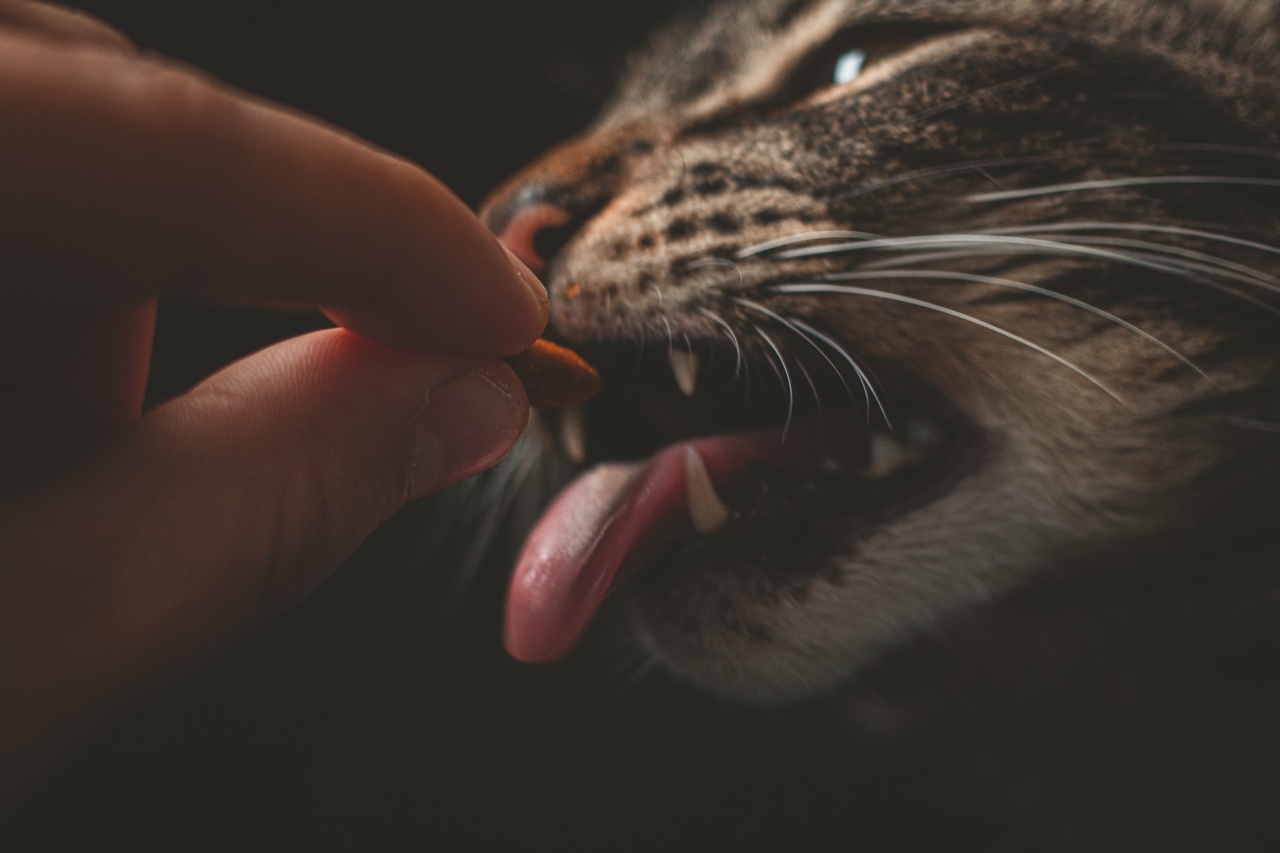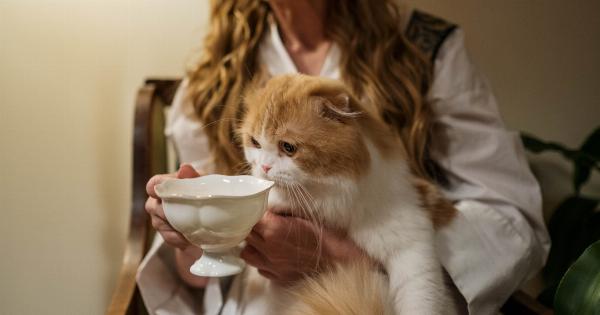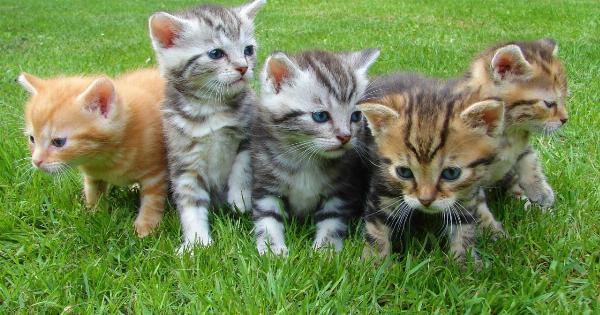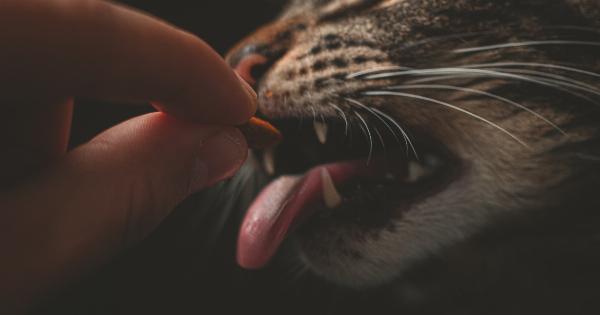Proper nutrition is essential for the health and well-being of your beloved feline companion. Feeding your cat the right foods can contribute to optimal growth, development, and longevity.
As a responsible cat owner, it is crucial to understand the dietary needs of cats and provide them with a well-balanced and nutritious diet. This guide aims to educate you about feline nutrition and guide you in making informed decisions when it comes to feeding your cat.
Understanding a Cat’s Nutritional Needs
Before diving into the specifics of what to feed your cat, it is important to understand their nutritional requirements. Cats are obligate carnivores, which means they require a diet rich in animal-based proteins.
Unlike other animals, they have specific dietary needs that can only be fulfilled through the consumption of meat.
Cats require a variety of nutrients such as protein, vitamins, minerals, essential amino acids, and fatty acids. Protein plays a crucial role in cat nutrition as it helps in the development of muscles, tissues, and overall growth.
A diet lacking in protein can lead to various health issues, including poor growth and muscle deterioration.
Vitamins and minerals are also vital for a cat’s overall well-being. They play essential roles in maintaining healthy bones, teeth, skin, and a strong immune system.
Cats also require certain amino acids and fatty acids, such as omega-3 and omega-6, which are crucial for maintaining healthy skin and coat.
Choosing the Right Cat Food
When it comes to choosing the right cat food, there are a few factors to consider. The type of food, the ingredients, and the quality are all important aspects to evaluate.
Wet or Dry Food?
One of the first decisions you’ll have to make is whether to feed your cat wet or dry food – or a combination of both.
Both options have their pros and cons, and it’s recommended to offer a mixture to provide variety and meet your cat’s preferences.
Wet cat food consists of higher moisture content, which can help keep your cat hydrated and prevent urinary tract issues.
It is also generally more palatable and easier to eat, making it suitable for cats with dental problems or older cats who have difficulty chewing. However, it can be more expensive and spoil faster than dry food.
Dry cat food, on the other hand, is more convenient and cost-effective. It aids in maintaining dental health by reducing plaque buildup.
However, it typically contains more carbohydrates and less moisture, which may not be ideal for cats prone to urinary issues or dehydration.
Reading the Labels
When selecting cat food, it’s crucial to pay attention to the ingredients listed on the label. Ideally, the first ingredient should be a high-quality source of animal protein, such as chicken, turkey, or fish.
Avoid foods that list fillers, by-products, or artificial preservatives at the top of the ingredient list.
It is also important to determine whether the cat food meets the standards set by the Association of American Feed Control Officials (AAFCO).
Look for statements that mention the food is “complete and balanced” or “formulated to meet the nutritional levels established by the AAFCO.”.
Considering Your Cat’s Age and Specific Needs
Cats have different nutritional needs depending on their age, activity level, and overall health. Kittens require a higher amount of protein, fat, and calories for proper growth and development.
Adult cats have different dietary needs compared to senior cats, who may benefit from specific formulas designed to support joint health or weight management.
If your cat has any specific health concerns, it’s important to consult your veterinarian for dietary recommendations. Certain conditions, such as allergies, urinary tract issues, or gastrointestinal problems, may require specialized diets.
Feeding Frequency and Portion Control
Once you have chosen the right cat food, it’s important to establish a feeding routine and practice portion control to prevent overfeeding or underfeeding.
Kittens require smaller, more frequent meals compared to adult cats. It is recommended to feed kittens three to four times a day until they are six months old.
Adult cats can be fed twice a day, and senior cats may benefit from smaller, more frequent meals to aid digestion and prevent weight gain.
Follow the feeding guidelines provided on the cat food packaging as a starting point. Adjust the portion sizes based on your cat’s activity level, weight, and overall body condition.
Regularly monitor your cat’s weight and adjust the portion sizes accordingly to maintain a healthy weight.
Understanding Cat Food Allergies and Intolerances
Just like humans, cats can also develop allergies or sensitivities to certain ingredients in their food. Common allergens for cats include fish, beef, poultry, dairy, and grains.
If you notice that your cat is experiencing symptoms such as itching, gastrointestinal upset, or skin issues, it may be worth considering a dietary trial.
This involves gradually eliminating potential allergens from their diet and introducing limited ingredient or hypoallergenic foods. Consult your veterinarian for guidance on conducting a dietary trial and identifying potential food allergies.
Supplements for Your Cat’s Health
In addition to a well-balanced diet, some cats may require dietary supplements to address specific health concerns or deficiencies.
Omega-3 fatty acid supplements, usually derived from fish oil, can benefit cats with skin or coat issues. They have anti-inflammatory properties and support overall skin and coat health.
However, it is essential to consult your veterinarian for dosage recommendations and to ensure that the supplements are safe for your cat.
Probiotic supplements can also be beneficial for cats with digestive issues or those on antibiotics. Probiotics help maintain a healthy balance of gut bacteria and support proper digestion.
Transitioning to a New Cat Food
When introducing a new cat food, it’s important to do so gradually to avoid digestive upset. Follow these steps to transition your cat to a new food:.
- Start by mixing a small amount of the new cat food with their current food.
- Gradually increase the proportion of the new food over several days.
- Observe your cat for any signs of gastrointestinal upset or intolerance.
- If any issues arise, consult your veterinarian for further guidance.
Common Cat Feeding Mistakes to Avoid
Feeding your cat the right foods involves avoiding certain common mistakes that can negatively impact their health:.
- Overfeeding: Obesity is a common issue in cats and can lead to various health problems. Follow a portion control plan and monitor your cat’s weight regularly.
- Feeding inappropriate foods: Avoid feeding your cat foods that are toxic to them, such as onions, garlic, chocolate, or caffeine.
- Feeding from the table: Feeding your cat table scraps can lead to digestive issues and encourage begging behavior. Stick to a balanced cat food diet.
- Skipping veterinary check-ups: Regular check-ups with your veterinarian are important to monitor your cat’s overall health, nutrition, and address any concerns.
Conclusion
Feeding your cat a well-balanced and nutritious diet is essential for its overall health and well-being. Understanding the nutritional needs of cats and selecting the right food can contribute to their growth, development, and longevity.
Choose cat food that is formulated specifically for their age and consider any special needs they may have. Follow a feeding routine, practice portion control, and avoid common feeding mistakes to ensure that your feline companion remains healthy and happy for years to come.






























